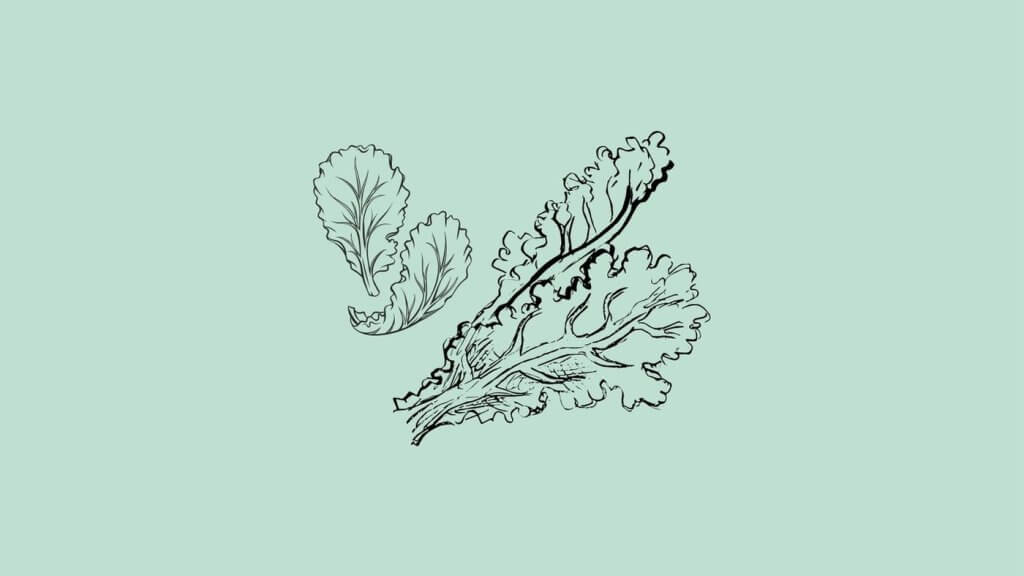Lactuca virosa, commonly known as wild lettuce, bitter lettuce or opium lettuce, is a wild edible that has been used for various purposes, including its potential mild sedative and analgesic properties. Wild lettuce has a few look-alikes including prickly lettuce, sow thistle, dandelion or chicory.
Keep in mind that wild lettuce contains compounds that can have sedative effects and, in large amounts, can be toxic.
Is it OK to eat wild lettuce?
Wild lettuce is edible, but it’s important to consume it in moderation.
Excessive consumption can lead to potential toxicity.
What Are You Foraging For Right Now?
We're thrilled to hear your ideas. What would you like to submit today? Feel free to share your thoughts and experiences with us.
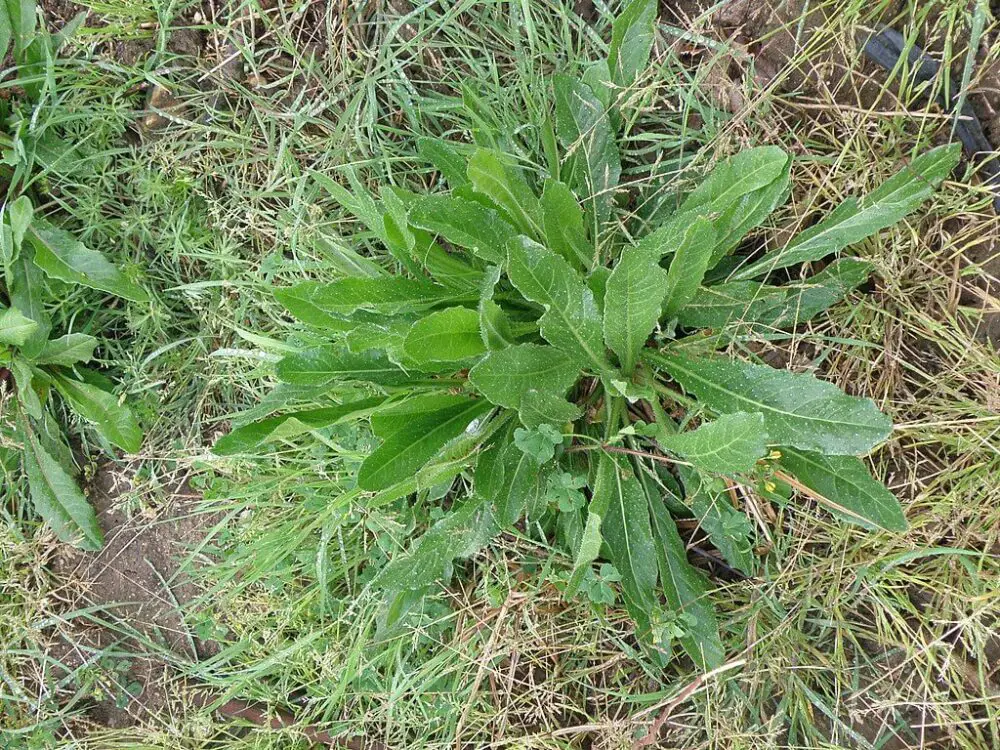
Does wild lettuce have any look likes?
Yes, wild lettuce can have look-alike plants that are toxic and should be distinguished from wild lettuce to avoid any potential risks.
Here are a couple of plants that might resemble wild lettuce:
1. Prickly Lettuce (Lactuca serriola) – Mildly Toxic
Prickly lettuce is a close relative of wild lettuce and is known for its spiny leaves.
While both wild lettuce and prickly lettuce have similar lobed leaves, prickly lettuce leaves have spiny edges.
Prickly lettuce is considered a weed and is generally not used for culinary or medicinal purposes. It has a more bitter taste than wild lettuce.
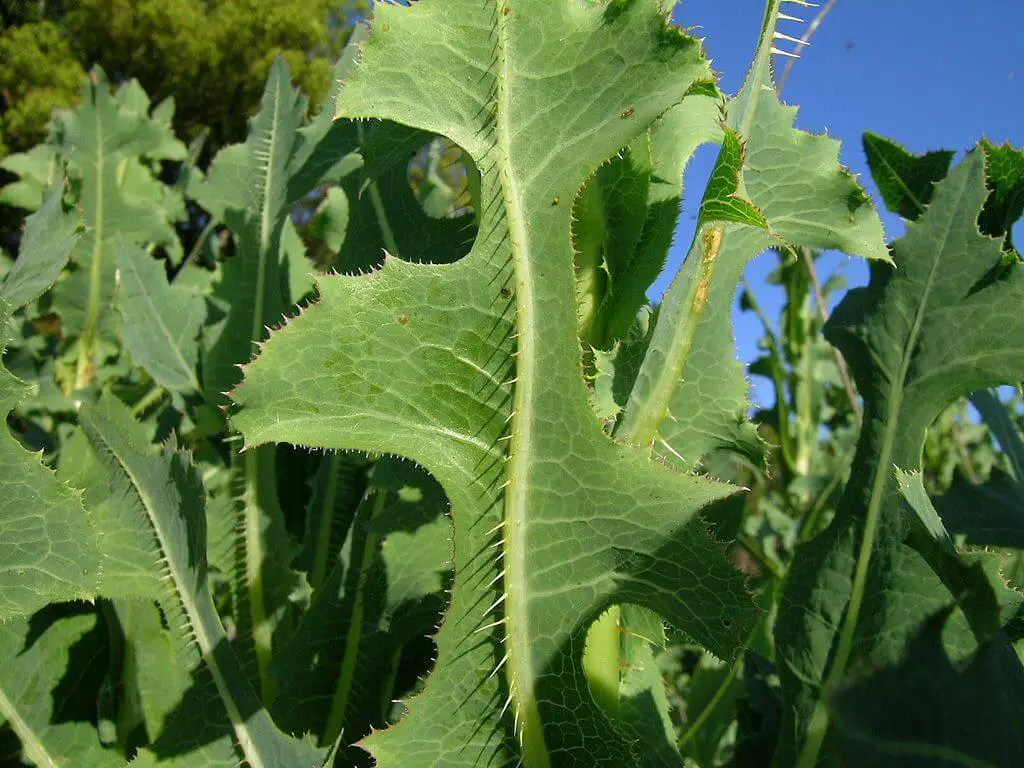
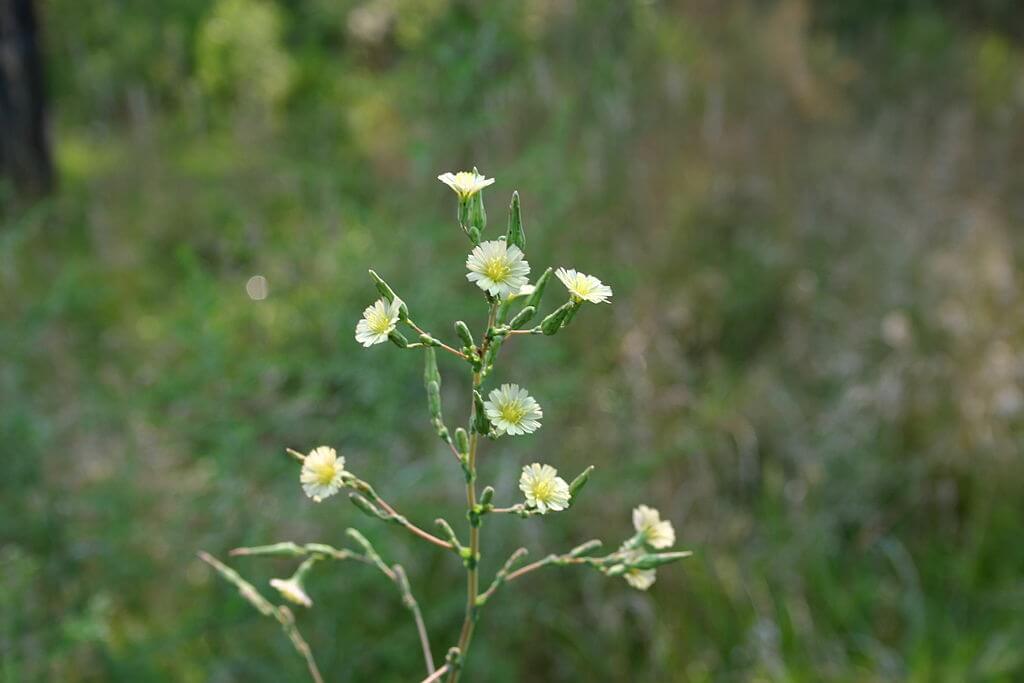
2. Sow Thistle (Sonchus oleraceus) – Edible
The leaves of common sow thistle are usually more deeply lobed and irregularly toothed compared to wild lettuce. They may appear more spiky or serrated along the edges.

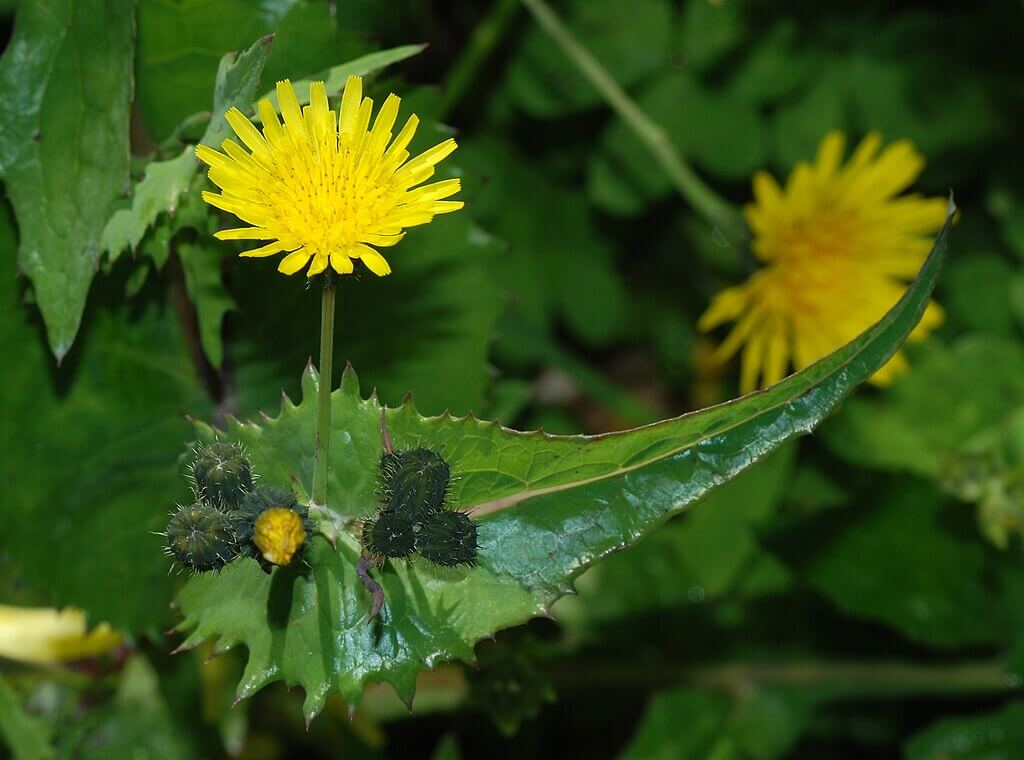
3. Pineapple Weed (Matricaria discoidea) – Edible
Pineapple weed is a low-growing plant that can be confused with young wild lettuce plants.
Pineapple weed has finely divided leaves that emit a pineapple-like aroma when crushed, while wild lettuce does not have this aroma.
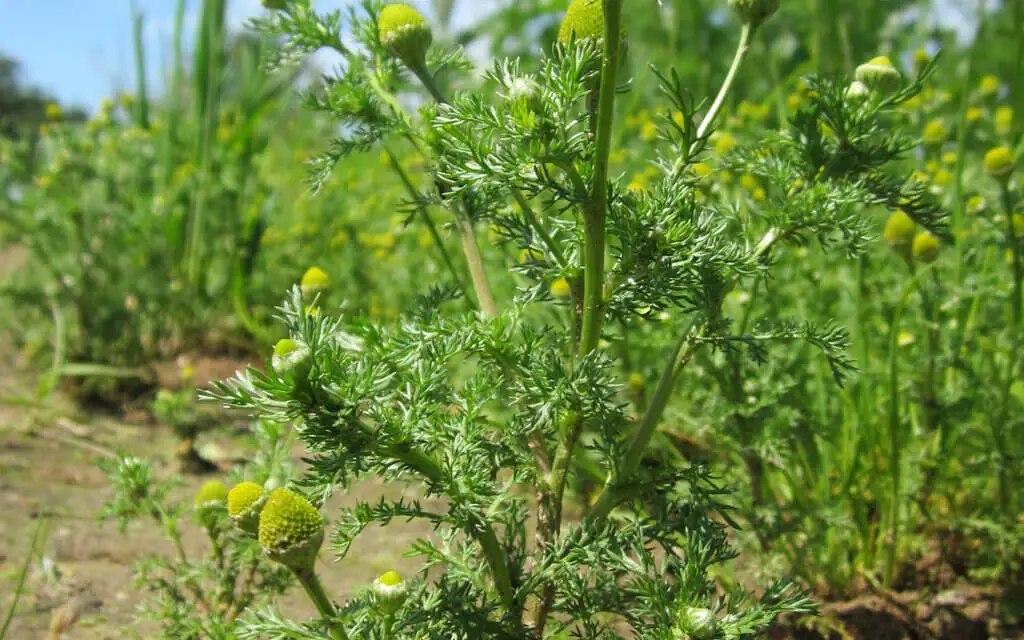
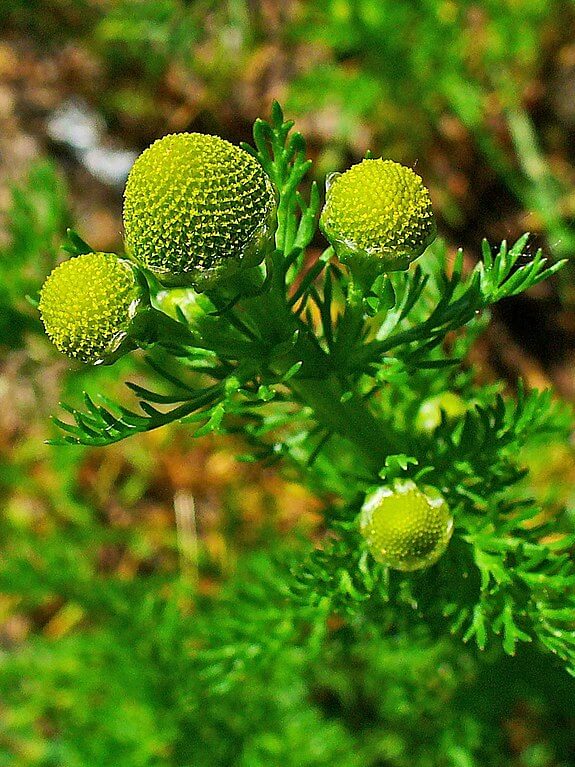
4. Chicory (Cichorium intybus) – Edible
Chicory leaves have a similar shape to wild lettuce leaves.
Chicory leaves may have a more pronounced central rib, and the plant produces blue flowers.
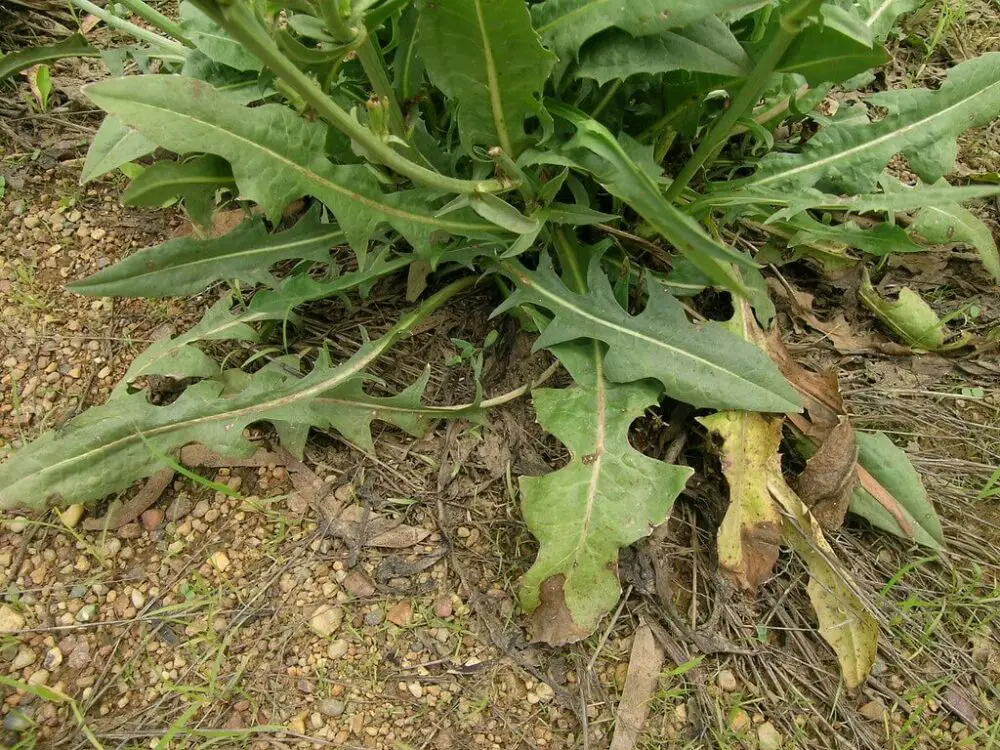
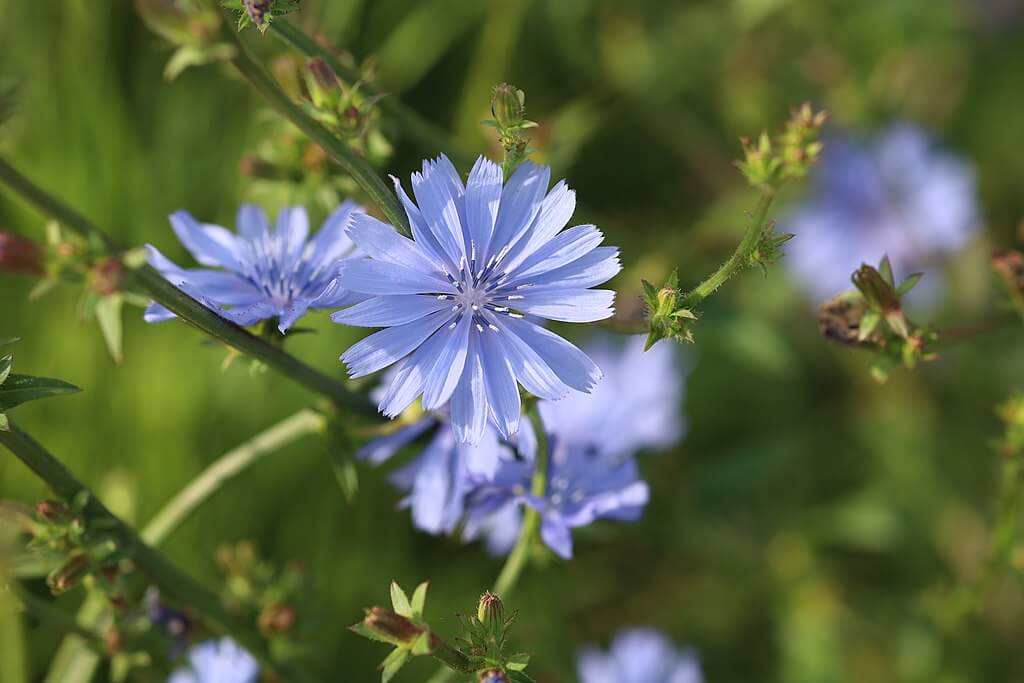
5. Dandelion (Taraxacum officinale) – Edible
Young dandelion leaves can sometimes resemble the early growth stages of wild lettuce.
Dandelion leaves have jagged edges and a central rosette arrangement, while wild lettuce leaves may appear more elongated.
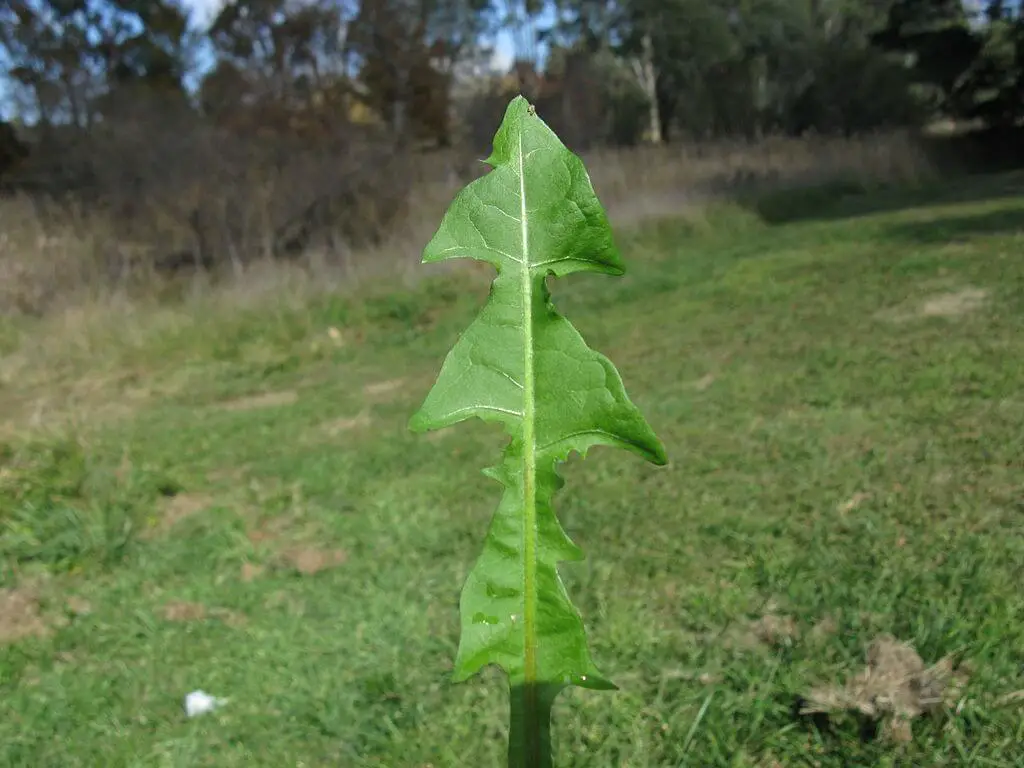

6. Milkweed (Asclepias syriaca) – Some parts of the plant are edible
The leaves of common milkweed are broad, oval-shaped, and arranged opposite each other along the stem. They are often hairy and can have a grayish-green color.
Common milkweed produces clusters of pink to mauve flowers with a unique structure.
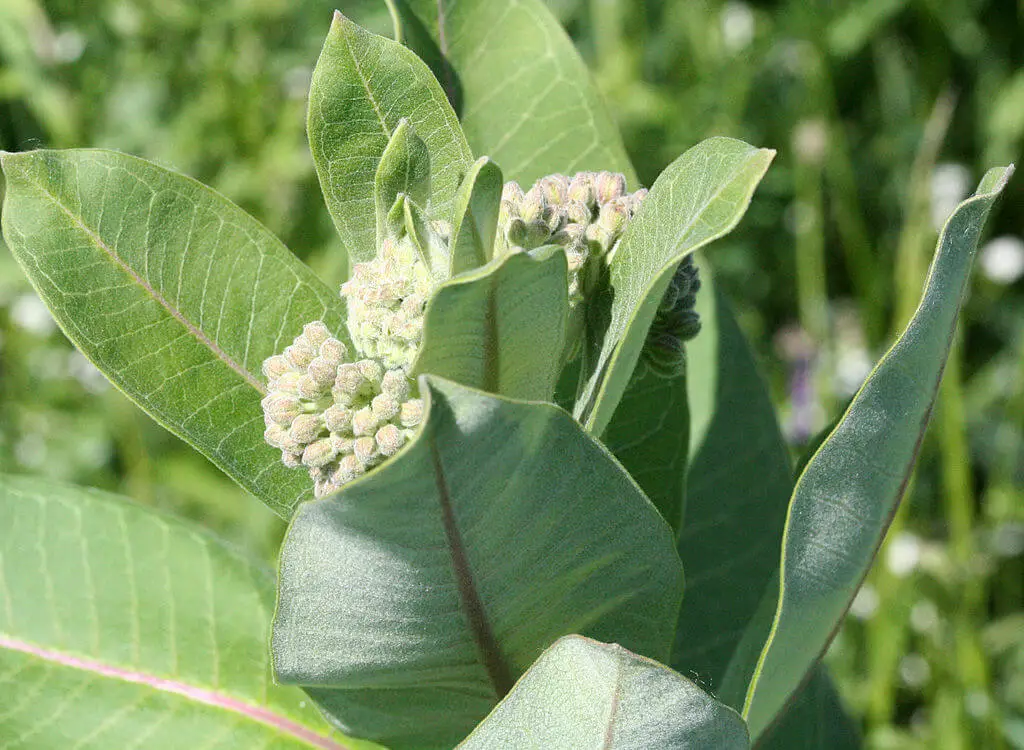
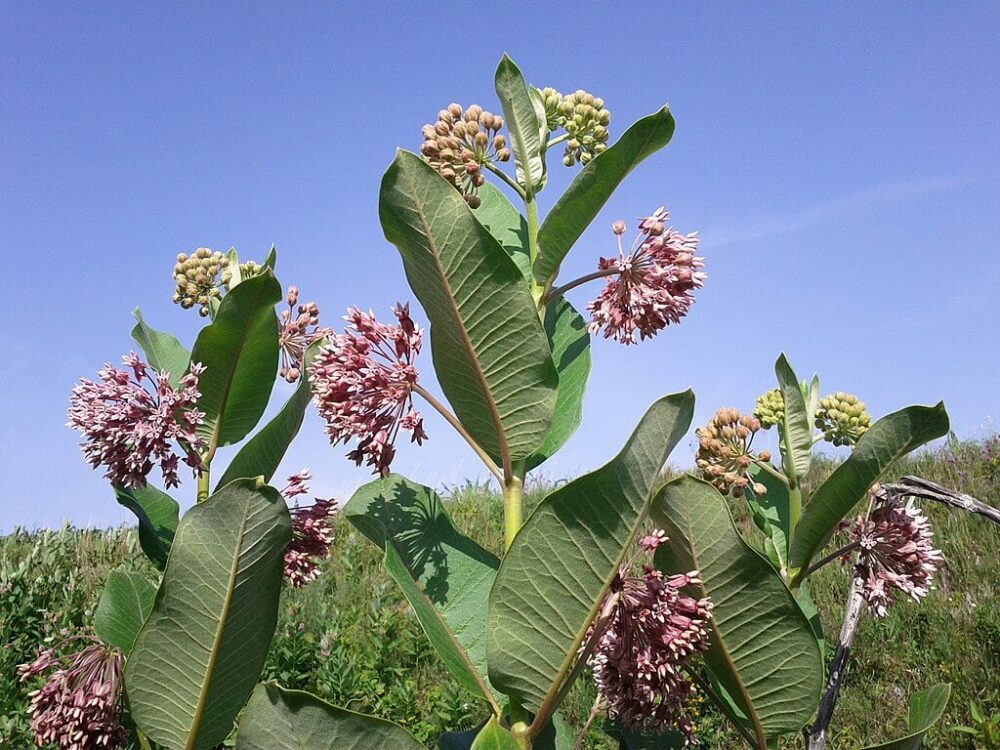
How to Identify Wild Lettuce
Here’s how to identify Lactuca virosa:
Leaf Characteristics:
- Wild lettuce leaves are typically large, deeply lobed, and can be irregularly shaped. They are often elongated and can resemble the leaves of some oak trees.
- The leaves have a grayish-green color and a distinct veining pattern.
Leaf Edges:
- The edges of wild lettuce leaves can be wavy or serrated, but they are not typically spiny like some other plants.
Milky Latex:
- When the stems or leaves of wild lettuce are cut or broken, they exude a milky sap that can be slightly bitter and sticky.
Growth Habit:
- Wild lettuce can grow to a height of several feet, with multiple leaves arising from a central stem.
Flower Stalks:
- As wild lettuce matures, it produces tall flower stalks that bear small, yellow flowers in a loose cluster.
- Habitat:
- Wild lettuce is often found in open fields, disturbed areas, roadsides, and along the edges of woodlands.
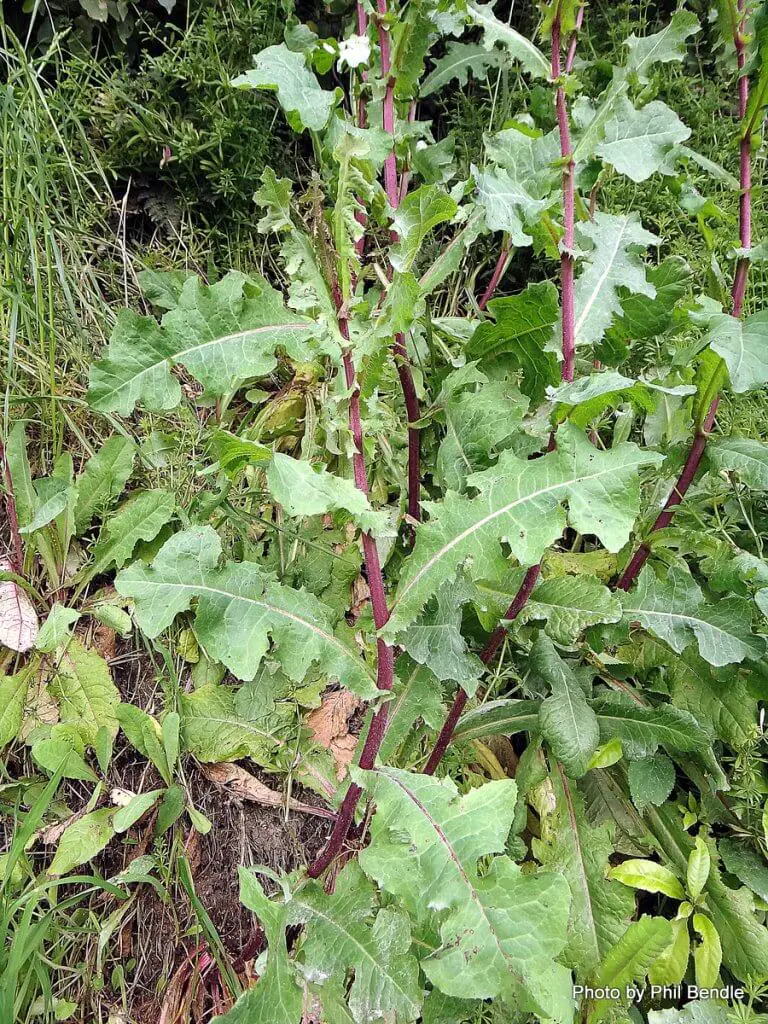

Does wild lettuce really work as a painkiller?
Yes, however, the pain-relieving effects of wild lettuce are generally considered to be much milder than those of traditional painkillers or opioids.
Is wild lettuce psychedelic?
Wild lettuce is not generally considered to be a psychedelic plant in the same way as substances like psilocybin mushrooms, LSD, or DMT.
What are the risks of eating wild lettuce?
Consuming large amounts of wild lettuce or its extracts can lead to adverse effects such as nausea, vomiting, and potential toxicity. It’s important to avoid ingesting excessive quantities of wild lettuce.
How to Use wild lettuce?
Wild lettuce is not commonly consumed as a leafy green like cultivated lettuce (Lactuca sativa). It has historically been used for its medicinal uses and analgesic (pain-relief) effects.
If you’re interested in trying wild lettuce, here are some considerations:
- Infusions and Teas:
- One common way to use wild lettuce is by making infusions or teas.
- To prepare an infusion, steep the fresh or dried leaves in hot water for several minutes.
- Start with a small amount of leaves and adjust the strength according to your preference.
- Tinctures:
- Some people create tinctures using wild lettuce by steeping the leaves in alcohol.
- Tinctures can be taken in small, diluted amounts.
- Combining with Other Medicinal Herbs:
- Wild lettuce can be blended with other herbs, such as chamomile or passionflower, to create relaxing herbal blends.
- Dosage and Caution:
- The sedative effects of wild lettuce can be mild, but it’s important to start with a low dose and monitor your body’s response.
Read about these other often foraged plants used to make infusions or teas:
Wild Lettuce Foraging Tips
- Look for wild lettuce in areas that are free from contamination, such as agricultural fields, roadsides, and disturbed areas.
- Wild lettuce is typically best to forage in its early growth stages, when the leaves are young, tender, and free from bitterness.
- Harvesting before the plant flowers may yield leaves with the mildest flavor.
- Wear gloves when handling wild lettuce to avoid potential irritation from the milky latex.
- Use clean, sharp scissors or pruners to harvest the leaves or stems. Cut near the base of the plant to encourage regrowth.
- Consume wild lettuce in moderation and be aware of its potential sedative effects. Start with a small amount to gauge your body’s response.
What to read next: Identifying Cynanchum Leave (Honeyvine Milkweed)
Getting into the great, wet outdoors in search of edible plants, herbs, fruits and fungi is one of Sarah’s favorite outdoor pursuits. She thinks there’s nothing better than combining her passion for hiking with the start of the foraging season. Sarah’s definitely not afraid of a little rain and dirt, it’s all part of the fun.

